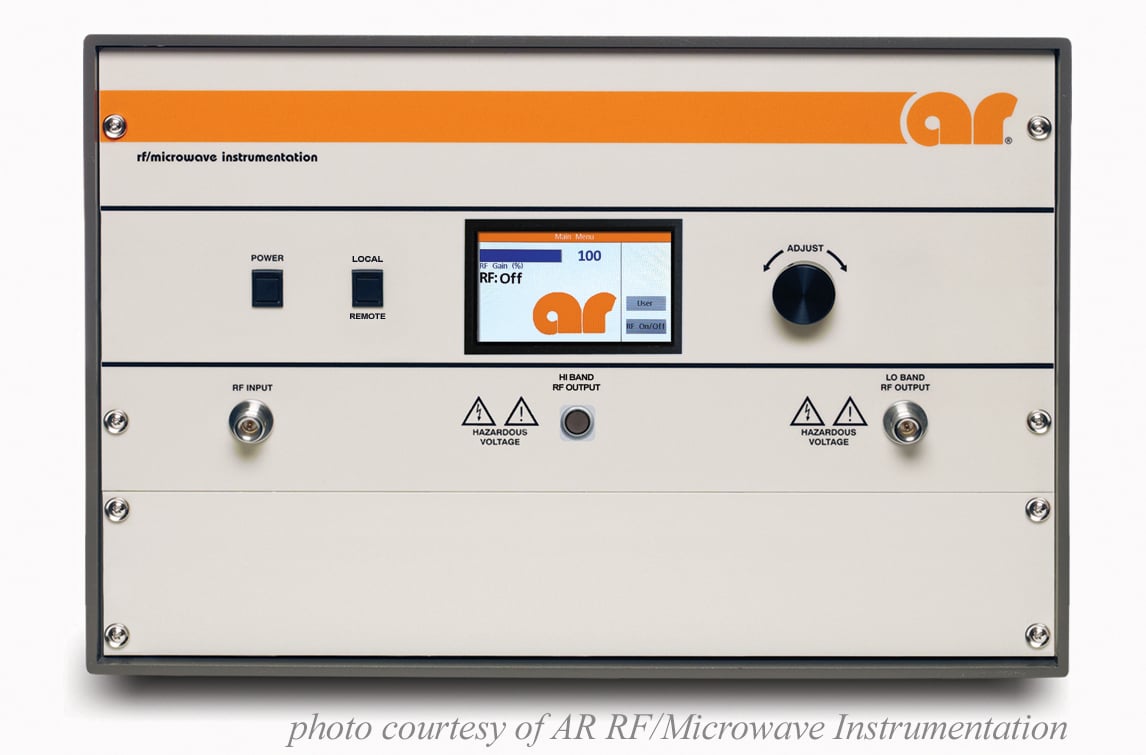 |
||||
| 1. | In general EMC amplifiers are based on various technologies and functionality, such as: Solid State, TWTA, CW, Pulse, and their class of operation - Class A and AB. |
 |
||
| 2. | Class A solid state amplifiers are generally the best choice for EMC RI and CI testing. They are the most reliable, durable and rugged compared to other amplifier classes, or types. |
|||
| 3. | Amplifiers offering 100% rated power with-out foldback are a good choice. Typical EMC testing exposes amps to significant VSWR and reflected power. |
|||
| 4. | Also look for an amp that operates without damage or oscillation with any magnitude and phase of source and load impedance. |
|||
| 5. | Amps with good linearity and low harmonic distortion, result in clean, reproducible and measurable signals. Again, Class A amplifiers outperform other types. |
|||
| 6. | Modulation (AM, FM, PM) is required by most RI and CI test standards. Ask the amp manufacturer how well modulation is reproduced and under what conditions. |
|||
| 7. | If planning to use a multiple tones/signals or complex waveforms to speed up testing and better represent real-world threats, a broadband amplifier is most appropriate, versus a multiband amplifier so that all tones are amplified simultaneously. |
|||
| 8. | Determine the amp’s required power based on losses; cable, gain (antenna), and number of tones, if used with a multi-tone generator. |
|||
| 9. | Rated Output Power is a manufacturer defined specification. Beware of typical, average and maximum power level descriptions. These can be misleading. |
|||
| 10. | Power Output @P1dB: An important rating for applications with strict linearity requirements (IEC/R&D). | |||
This month's Selection Tips are provided by AR RF/Microwave Instrumentation. |
||||

